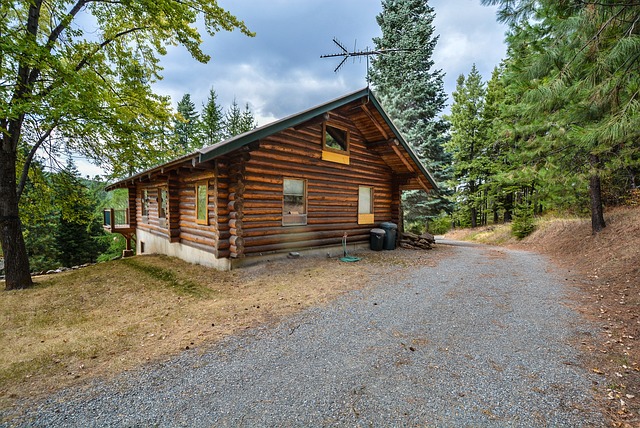Log cabins evoke images of peaceful retreats surrounded by nature. These structures offer charm, warmth, and a timeless aesthetic, seamlessly integrating into rural settings. Opting for a log cabin as a vacation home promises a sanctuary that provides relaxation and intimacy with the natural world. With advancements in building technology, kits from companies like Frontier Log Homes make owning a log cabin more accessible, providing a practical solution that balances rustic charm with modern living. These kits simplify the construction process, catering to experienced builders and novices.
Understanding Log Cabin Kits
Log cabin kits are complete packages that include pre-cut materials and detailed construction guides. This approach simplifies traditional building methods, reducing complexity. Kits offer various design options to meet diverse needs, allowing you to create a unique space that reflects your style. Reassurance makes these kits attractive to first-time builders and enthusiasts who prioritize quality craftsmanship.
Cost and Time Efficiency
Choosing a log cabin kit can significantly lower costs. Utilizing prefabricated components minimizes the need for professional labor and excess materials, leading to considerable savings. The streamlined timeline reduces labor hours and facilitates easier project management. The financial advantages allow a broader audience to achieve their dream of cabin ownership without excessive expenses.
Customization Options
While log cabin kits provide structure, they also offer flexibility for personalization. Suppliers often present designs tailored to personal preferences, ensuring your cabin aligns with your vision. From adjusting layouts to selecting materials, the possibilities allow for creating a unique space that enhances comfort and connection with nature.
Customization options are extensive, allowing owners to create a cabin that matches their style and functional needs. For example, log thickness can be adjusted for superior insulation in colder climates, while different notching styles can be selected to give a unique aesthetic to the exterior. Interiors can be customized with open floor plans, cathedral ceilings, and large windows to enhance natural lighting, while sustainable options like energy-efficient windows and doors are increasingly popular for better insulation. Additional choices, such as wood finishes, log profiles (like round or square logs), and roofing styles, add to the personalization, making each log cabin a unique blend of rustic charm and modern functionality.
The Construction Process
The construction process of a log cabin begins with selecting quality logs, typically pine, cedar, or spruce, which are chosen for their durability, insulation properties, and aesthetic appeal. Once logs are selected, they undergo milling to achieve a consistent size and shape, which is essential for structural stability and tight interlocking. Precision notching methods, like saddle or dovetail, are used to ensure that logs fit together seamlessly, enhancing the cabin’s resilience to weather and natural settling over time. The foundation, usually a concrete slab or crawl space, is laid with reinforced moisture barriers to protect the wooden structure from ground moisture, which is crucial for preventing wood rot and preserving the cabin’s longevity.
The construction involves assembling the kit components according to the provided instructions. This typically includes building the log walls and installing windows, doors, and roofing. Engaging with experienced builders can ensure the process is smooth and adheres to high-quality standards, making the building experience rewarding and efficient.
Preparing for Your Log Cabin Build
Preparation is crucial for a successful build. It involves site development, compliance with local codes, and securing necessary permits. Budgeting for additional costs, like interior fittings and landscaping, is also essential. A thorough plan ensures that your project progresses smoothly and meets your expectations.
Maintenance and Care
Maintaining your log cabin is essential to preserve its appeal and functionality. Regular maintenance protects against environmental damage. Engaging professional services for periodic assessments keeps your cabin in excellent condition, ensuring a welcoming retreat for years to come.




